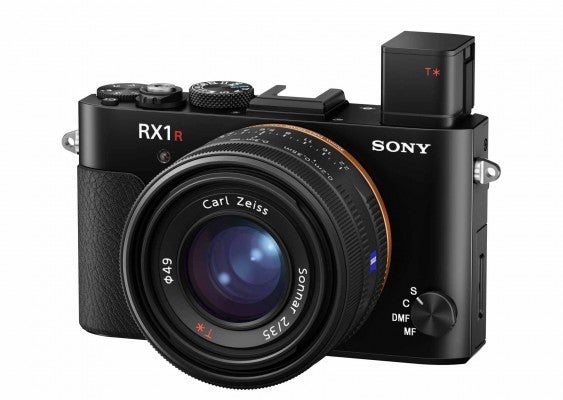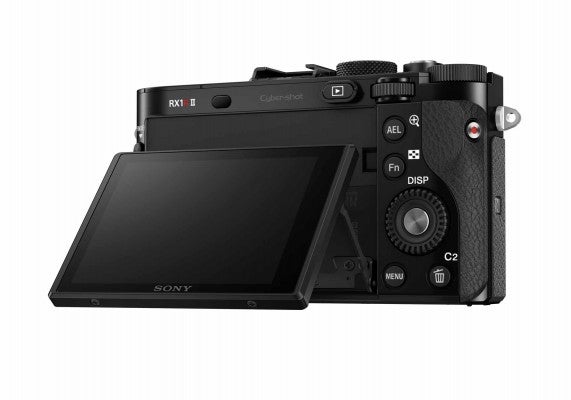Boasting a wealth of world-class features, the RX1R II looks incredible on paper. Callum McInerney-Riley finds out if it has held its place as king of the compacts
Sony RX1R II review
Sony RX1R II review – LCD and viewfinder

One of the most significant additions to the RX1R II is the OLED electronic viewfinder, which boasts a 2.4-million-dot resolution and an equally impressive 0.74x magnification. This is a pop-up type similar to the one found on the RX100 IV, but it is slightly more refined as it allows users to pop it up with a single motion, with no need for a secondary action to extend the eyepiece as is required on the RX100 IV.
Included with the camera is a rubber eyepiece that can be slotted onto the EVF once it pops up. It greatly improves the visibility of the EVF and prevents light from entering the viewfinder from the side. Although useful, it’s also rather easy to forget or lose, and just inconvenient to locate in your kit bag and attach it quickly.
An ongoing complaint of mine with Sony Alpha 7 cameras is that the EVF is often too contrasty, especially in dark indoor environments, and the colours can appear dull through the viewfinder. This can also be an issue with the RX1R II. That slight gripe aside, the EVF’s performance is incredibly good. The refresh rate is excellent even in low light, and the resolution is equally impressive.
This viewfinder is located on the far left of the camera, which isn’t a problem, but having been fortunate enough to use the Canon PowerShot G5 X, which has an EVF directly over the lens, the central positioning gives a much better handling experience. Thankfully, there is a hotshoe over the lens that will take an electronic or optical viewfinder. While I would hesitate to spend the £360 premium on the Sony EV1MK EVF, if I already had one I would use it to improve the handling.

The RX1R II’s LCD screen is an improvement over its predecessor. It’s no longer a fixed screen and now tilts 109o upwards and 41o downwards to allow users to shoot better at high or low vantage points. This screen is 3in and has the same 1,228,800-dot resolution as the previous RX1/RX1R. It also has an RGBW display, which adds a white dot for each pixel, helping to give better colour accuracy and conserve battery life compared with those screens that haven’t got it.

Thanks to the RX1R II’s tilting screen, it’s really easy to shoot at low angles
With all the improvements, it’s surprising not to see touchscreen functionality in this new camera. While it may not be the preferred way to change settings for the enthusiast photographer, I would have liked to be able to pinch zoom to check images on the back of the screen, especially as any camera shake is very visible with a 42-million-pixel sensor. In use, though, the LCD is very good, with bright punchy colours and ample resolution.




